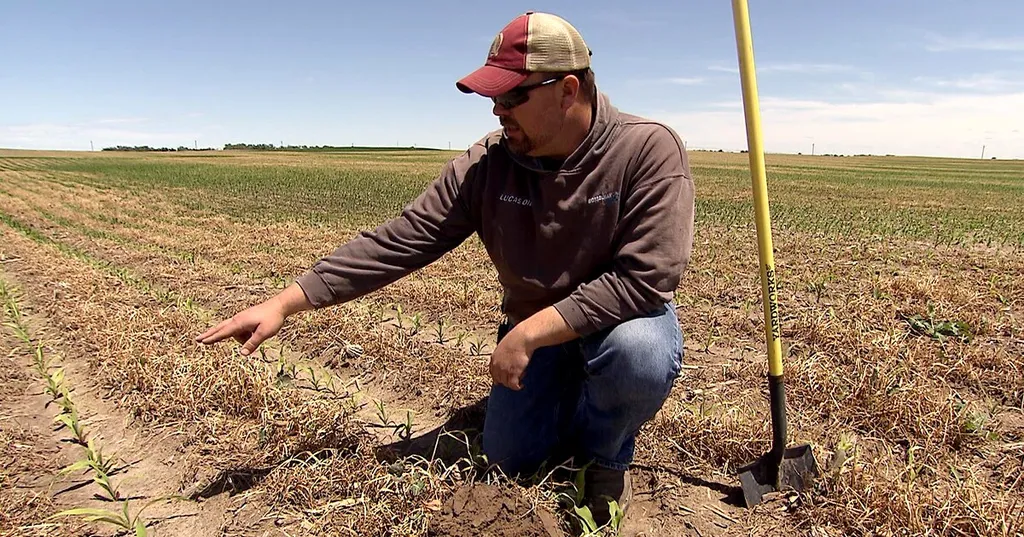In the heart of the US Midwest, where vast expanses of cornfields stretch to the horizon, a delicate balance is being disrupted. The region’s agricultural productivity, long bolstered by nitrogen fertilizers, is now facing a critical challenge: nitrate leaching. This environmental issue, which threatens water quality, has sparked a search for sustainable solutions. A recent study published in *Earth’s Future* offers promising insights, blending numerical modeling and machine learning to optimize nitrogen fertilization strategies.
The research, led by Yakai Wang from the Department of Natural Resources and the Environment at the University of Connecticut, explores how to maintain corn yields while significantly reducing nitrate leaching. The study evaluates various strategies, including no-tillage and cover crops, under different climate scenarios from 1979 to 2100.
One of the key findings is that the economic optimum nitrogen rate, which farmers often aim for to maximize profits, can lead to increased nitrate leaching, especially under future climate conditions. “While the economic optimum nitrogen rate sustains yields, it doesn’t necessarily protect our water resources,” Wang explains. “This is where integrated management practices come into play.”
The study reveals that by combining a lower nitrogen rate—about 30% less than the economic optimum—with cover crops and no-tillage, farmers can achieve a remarkable reduction in yield-scaled nitrate leaching. “We found that these optimized strategies could reduce nitrate leaching by over 60% from 2020 to 2100,” Wang notes. This approach not only mitigates environmental impacts but also ensures sustainable productivity.
For the agriculture sector, these findings hold significant commercial implications. Adopting these integrated management practices could enhance long-term sustainability and resilience, crucial for maintaining productivity amid climate change. “This research provides a roadmap for farmers to navigate the complexities of climate-smart agriculture,” Wang adds. “It’s about finding that sweet spot where productivity and environmental stewardship coexist.”
The study’s predictions offer adaptive strategies for various climate scenarios, emphasizing the importance of proactive planning. As the agriculture sector grapples with the dual challenges of feeding a growing population and protecting the environment, this research underscores the potential of integrated management practices to shape a more sustainable future.
By leveraging advanced modeling and machine learning, the study paves the way for innovative solutions that could revolutionize farming practices. As Yakai Wang and colleagues continue to explore these strategies, the agriculture sector stands on the brink of a transformative era, where technology and sustainability go hand in hand.

